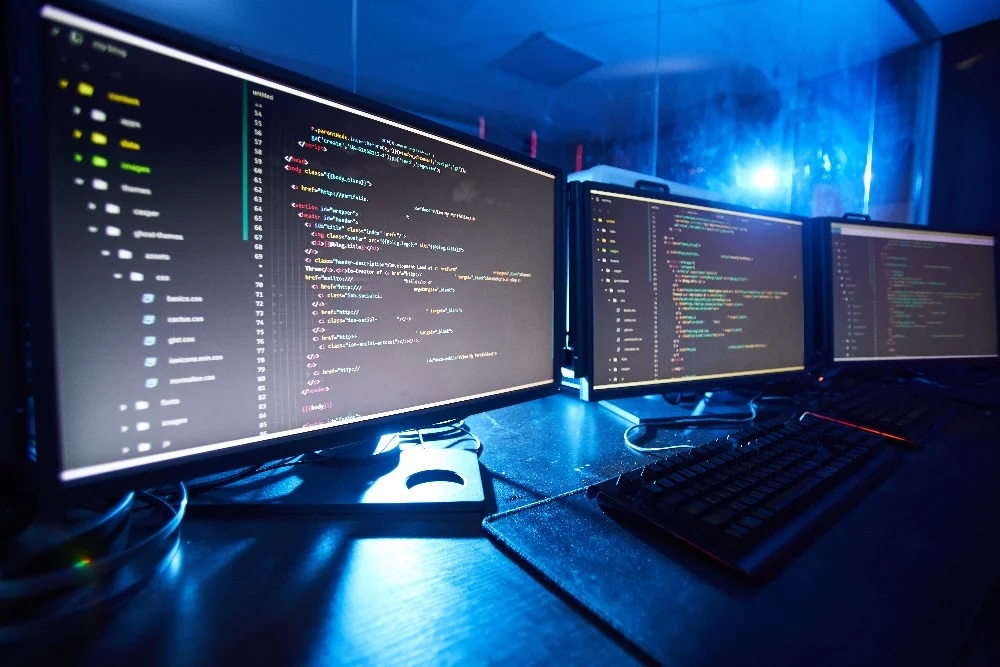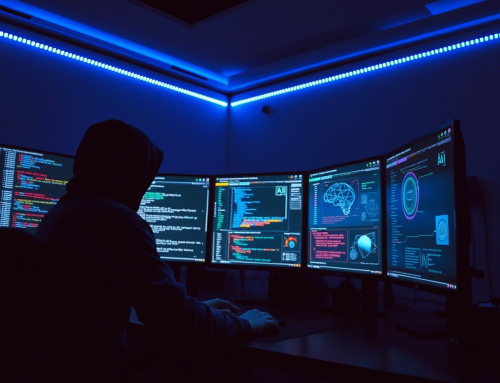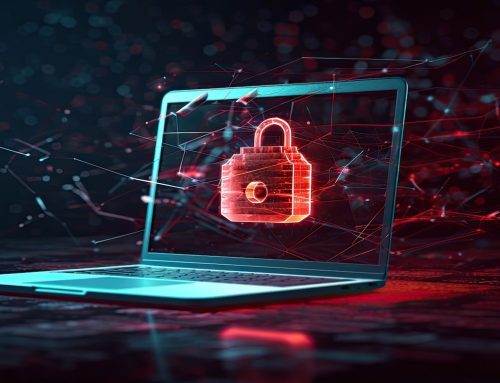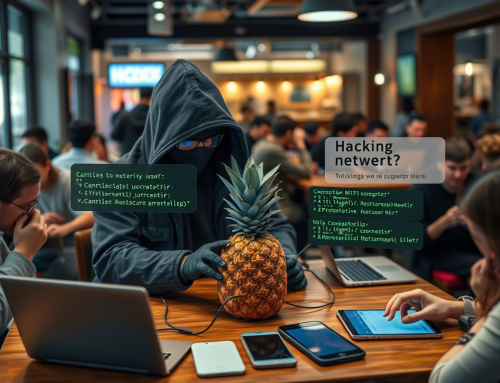A home lab is a valuable tool for anyone interested in cybersecurity. It allows you to experiment in a safe environment and learn about different aspects of cybersecurity without risking damage to your primary systems or data. The concept of a home lab is similar to the “smart books” used in the military, which contain crucial information, checklists, and procedures for specific missions.
Here’s a guide to help you create your own cybersecurity home lab:
1. Virtualization:
- Virtualization is the core of a home lab. It allows you to run multiple operating systems (like Windows, Linux) on a single physical machine.
- This technology has been around for a long time. In the 1960s, IBM’s M44/44X Project used a mainframe to simulate multiple computers, leading to the term “virtual machine.”
- Popular virtualization software options include VMware Workstation Player (for Windows and Linux) and Oracle VirtualBox (for Windows, Linux, and macOS).
2. Choose an Operating System:
- Kali Linux is a popular choice for a cybersecurity lab.
- It’s specifically designed for penetration testing and security auditing.
- It comes pre-loaded with hundreds of tools for tasks like vulnerability scanning, network analysis, and exploit development.
- Parrot OS is another Debian-based Linux distribution focused on security, privacy, and development.
- Like Kali Linux, it offers a vast collection of security tools.
- It’s known for its user-friendly interface and strong focus on anonymity and privacy.
3. Setting Up Your Virtual Machine:
- Once you have your virtualization software and chosen operating system (like Kali Linux), follow these steps:
- Download the ISO image of the OS.
- Create a new virtual machine within your virtualization software.
- Allocate sufficient resources like RAM (2GB or more is recommended) and hard disk space (at least 20GB).
- Configure the network settings to use NAT (Network Address Translation). This allows the virtual machine to share your host machine’s internet connection.
- Install the operating system on the virtual machine.
4. Installing Essential Tools:
- Update your system: Before you start, ensure your Kali Linux installation is up-to-date.
- Package Manager: Kali Linux uses the APT (Advanced Package Tool) for installing, updating, and removing software packages.
- Pimp My Kali: Consider using the “Pimp My Kali” script to automate the installation and configuration of essential tools and fix common issues in Kali Linux.
- Other Tools: Depending on your learning goals, you can install additional tools like:
- Nmap: For network scanning and host discovery.
- Metasploit: A framework for developing and executing exploits.
- Burp Suite: For web application security testing.
- Wireshark: For network traffic analysis.
5. Practice and Experiment:
- A home lab is your playground. Practice using different tools and techniques, and explore various cybersecurity concepts.
- Set Up Vulnerable Environments: You can find intentionally vulnerable virtual machines online (like OWASP Broken Web Applications) to practice your hacking skills in a safe setting.
- Capture the Flag (CTF) Challenges: Participate in online CTF competitions to test your skills and learn from others.
Key Considerations:
- Legality: Ensure that all your activities within your home lab are legal and ethical. Practice only on systems you own or have explicit permission to test.
- Security: Isolate your home lab from your primary network to prevent any accidental damage or security breaches. Consider using a dedicated network for your lab.
- Note-Taking: Maintain detailed notes of your experiments, commands, and findings. Use note-taking apps like KeepNote, CherryTree, or Joplin, and a screenshot tool like Greenshot.
Creating a home lab is an investment in your cybersecurity journey. It provides a hands-on learning experience that goes beyond theory. By experimenting and practicing in your lab, you’ll gain valuable skills and knowledge that can be applied to real-world scenarios.
Disclaimer: Information provided in this response that is not directly cited is based on general knowledge about cybersecurity and home labs and may be subject to change. Verifying and staying updated on current best practices for setting up and using a home lab for cybersecurity purposes is recommended.





